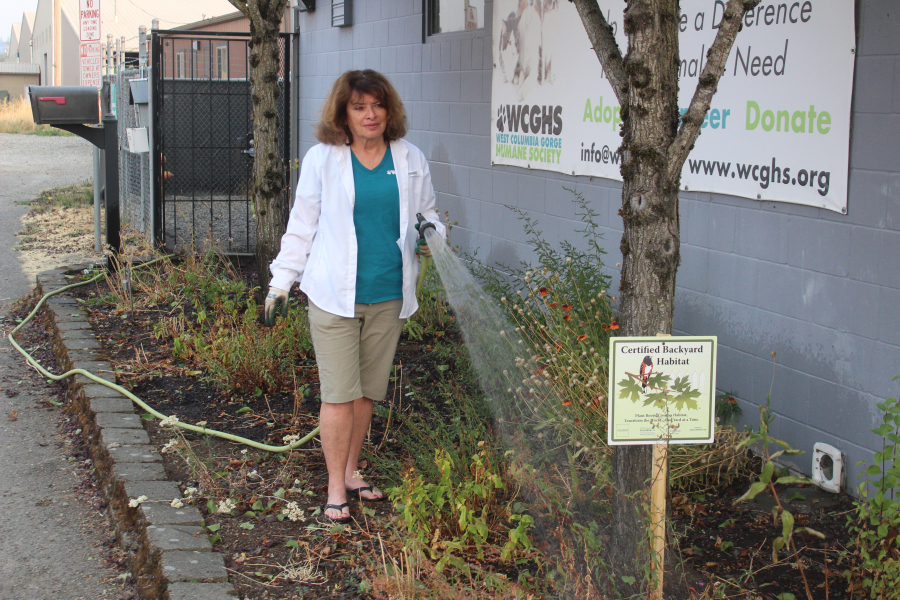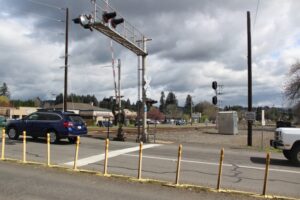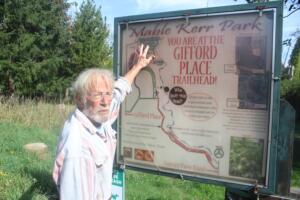When Margaret Gossage moved to Portland from Phoenix in 2013, she planted a native pollinator garden at her home that eventually earned certified status from the Backyard Habitat Program, a Portland-based noprofit that provides technical assistance, financial incentives, encouragement and recognition to people that want to create natural, low-maintenance gardens.
But when Gossage wasn’t able to replicate the feat when she moved to Washougal several years ago, due to the size of her yard, she had to get creative.
In the spring of 2021, she planted a native pollinator garden at the West Columbia Gorge Humane Society, which was recently bestowed silver certification from the environmental group.
“It’s just something I wanted to do, and I’m glad I accomplished it,” said Gossage, who has served as a volunteer at WCGHS for the past five years. “I think it’s raised awareness in our little volunteer team about backyard habitats and the importance of native plants to the environment. I’m happy to be the evangelist for that in any little way I can.”
Bethany Wray, program coordinator for the Watershed Alliance of Southwest Washington, a nonprofit that works with the habitat program to certify yards in Clark County, said that the garden in front of the WCGHS animal shelter is “the first public place in Washougal to be certified,” according to Gossage.




